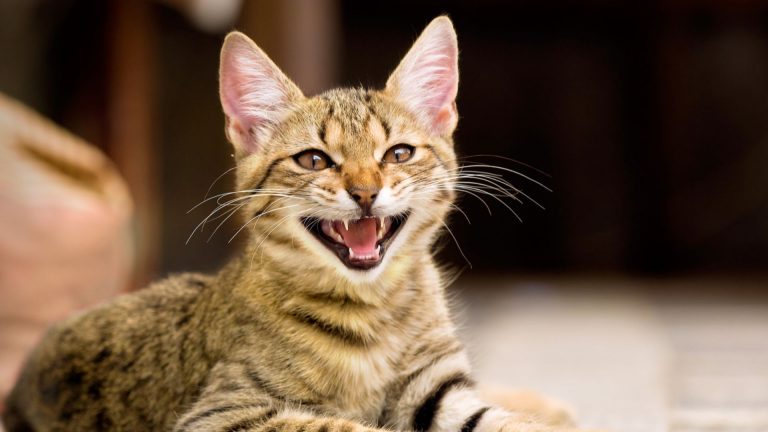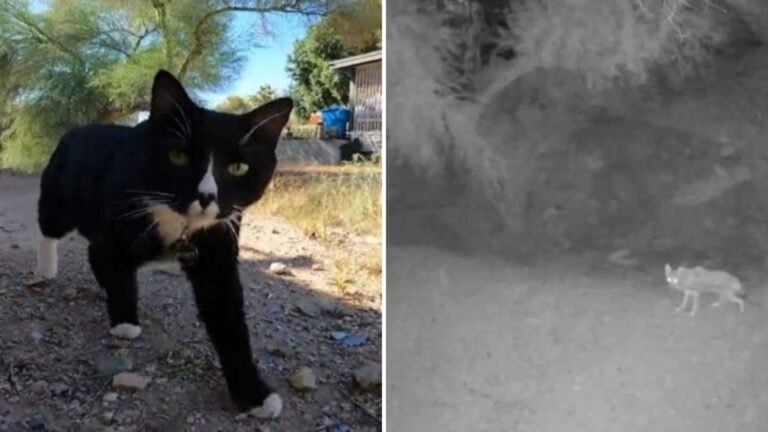Wolves Are Recovering In The U.S., So Why Are They Still Being Hunted?
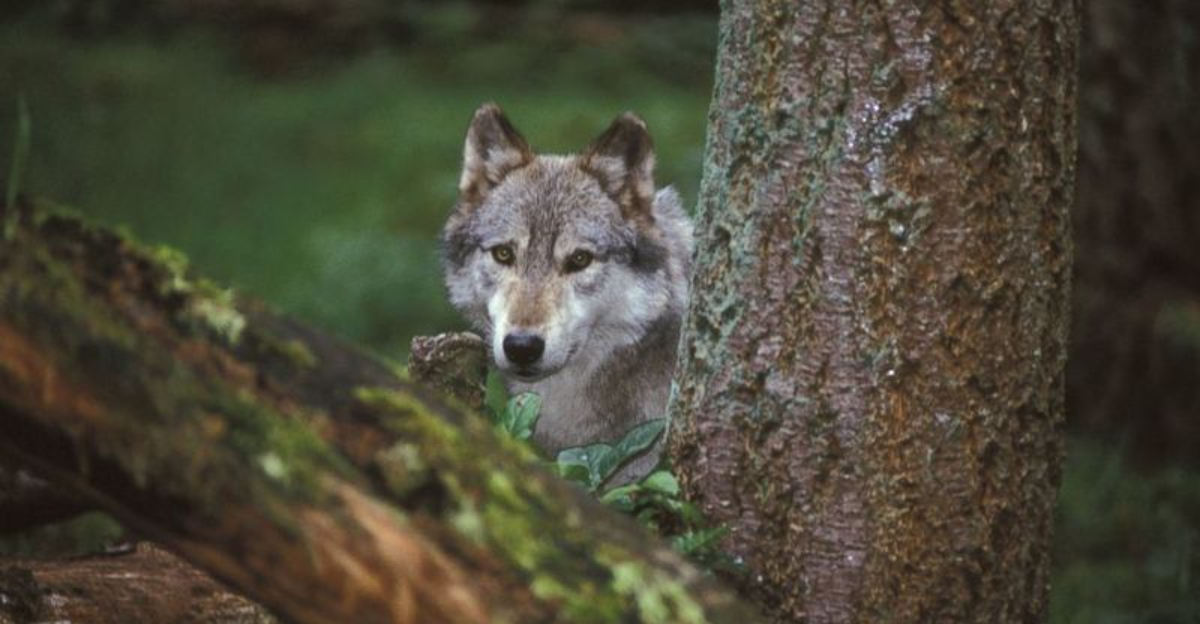
Gray wolves once roamed freely across North America before being hunted to near extinction by the early 1900s. Thanks to conservation efforts beginning with the Endangered Species Act of 1973, these magnificent predators have made a remarkable comeback in several regions of the United States.
Despite this recovery success story, wolves face a troubling paradox – as their numbers increase, so do incidents of both legal hunting and illegal poaching that threaten their fragile progress.
A Recovery Threatened By Illegal Poaching
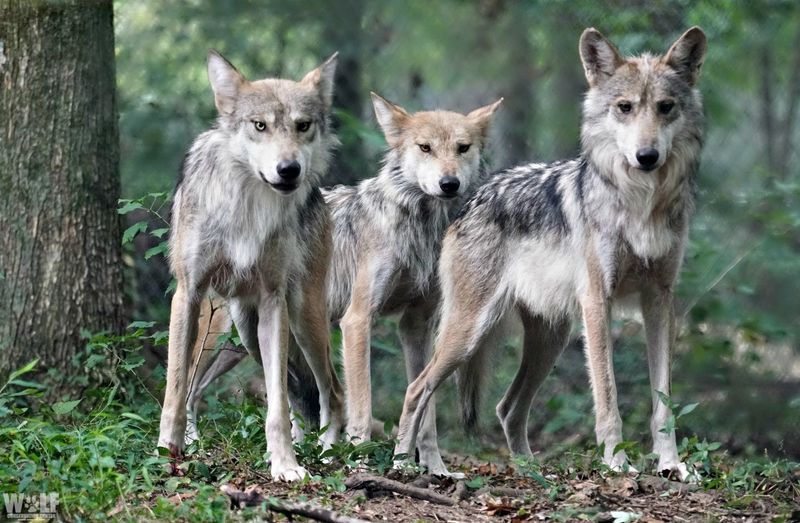
After decades of protection, gray wolves have returned to parts of their historical range across the American landscape. Population numbers have climbed from just a few hundred to several thousand wolves in the Lower 48 states.
Yet this conservation triumph stands on shaky ground. For every step forward in recovery, illegal killings push progress backward, with poaching now accounting for up to half of all wolf deaths in some regions.
The Resurgence Of Gray Wolves In The U.S.
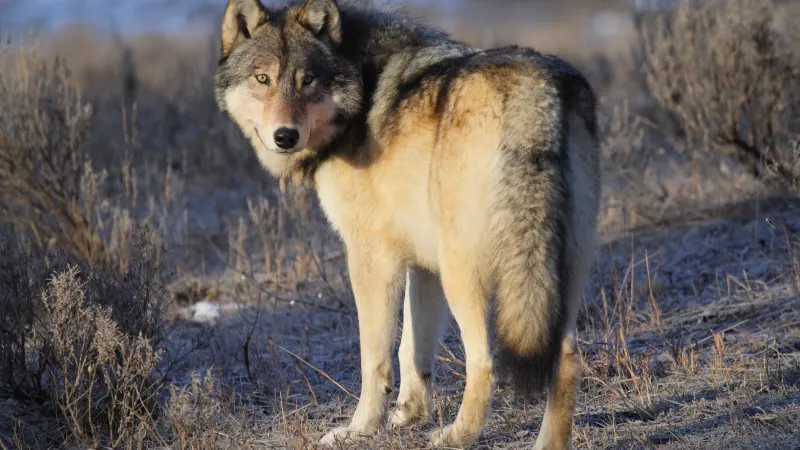
From just 41 wolves reintroduced to Yellowstone in the mid-1990s, gray wolf populations have expanded to roughly 6,000 individuals across the Lower 48 states today. Minnesota hosts the largest population with nearly 2,700 wolves.
Natural migration has helped wolves reclaim territories in Washington, Oregon, and California. This remarkable comeback represents one of America’s most successful wildlife recovery stories, though still far below historical numbers.
What Is Poaching And Why Does It Matter?
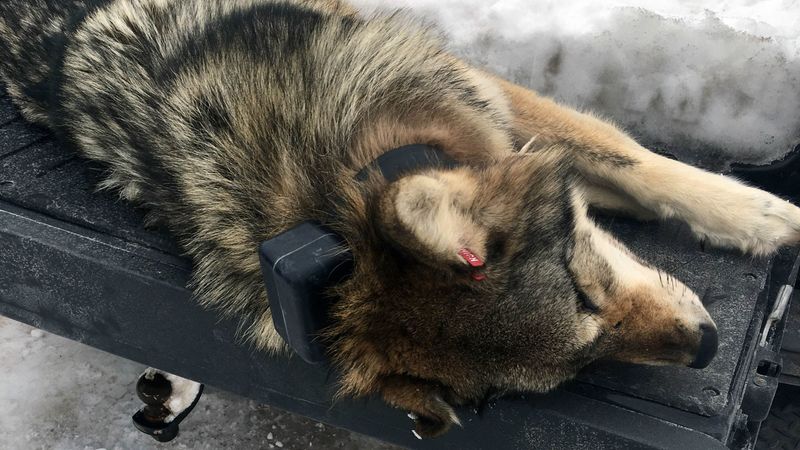
Poaching refers to the illegal killing of wildlife, whether by shooting, trapping, or poisoning. Unlike regulated hunting, poaching occurs outside legal frameworks and often targets protected species.
For wolves, illegal killing creates ripple effects throughout ecosystems. When breeding adults are killed, entire packs may dissolve. Young wolves struggle to survive alone, and territories once protected by established packs become vulnerable to further human encroachment.
Poaching Statistics Are A Growing Concern
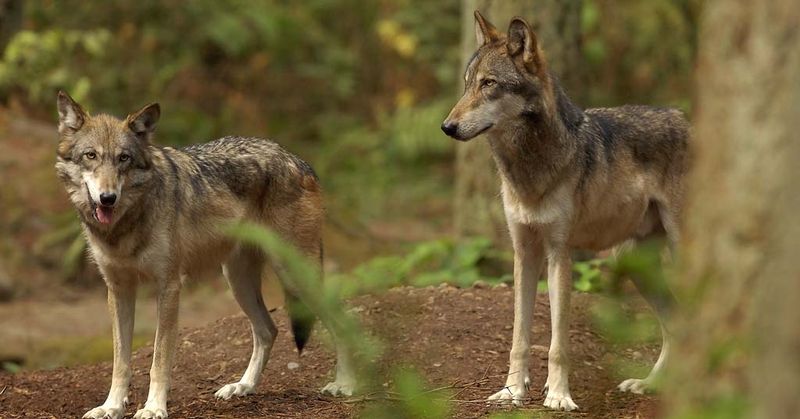
Recent studies reveal alarming trends: researchers estimate that for every wolf legally hunted, another is illegally killed. In Washington state alone, at least 8 wolves were confirmed poached since 2021, with many more suspected cases going undocumented.
The true toll likely exceeds official numbers by 2-3 times. Scientists using radio collar data have discovered that transmitters often mysteriously stop working during hunting seasons, suggesting deliberate tampering to conceal illegal kills.
The Ripple Effect
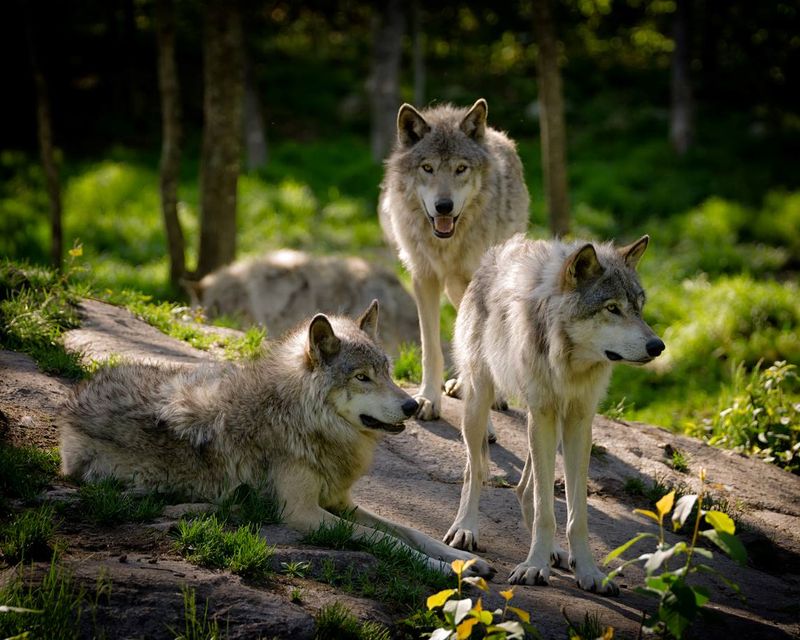
Wolf packs function as tight-knit family units with complex social structures. The loss of an alpha – especially a breeding female – can splinter an entire pack, leaving survivors vulnerable to starvation, territory loss, or conflict with humans.
Research shows packs suffering human-caused mortality are 27% more likely to abandon their territories. This disruption affects not just wolves but entire ecosystems, as displaced packs can no longer regulate prey populations effectively in their former ranges.
Challenges In Apprehending Poachers
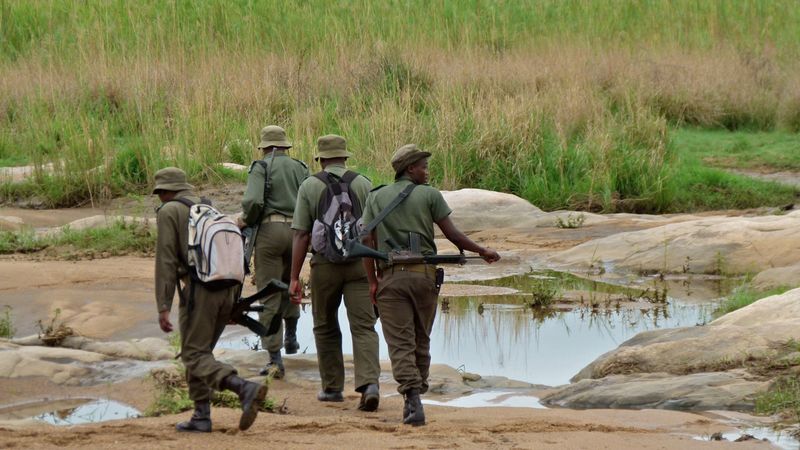
Remote wilderness areas where wolves roam present perfect conditions for poachers to evade detection. With vast territories spanning hundreds of square miles, evidence quickly disappears in these rugged landscapes.
Law enforcement faces critical resource shortages, with some states employing fewer than a dozen conservation officers to patrol thousands of square miles. Witnesses rarely come forward due to the “shoot, shovel, and shut up” culture prevalent in some rural communities.
Cultural And Economic Factors Driving Poaching
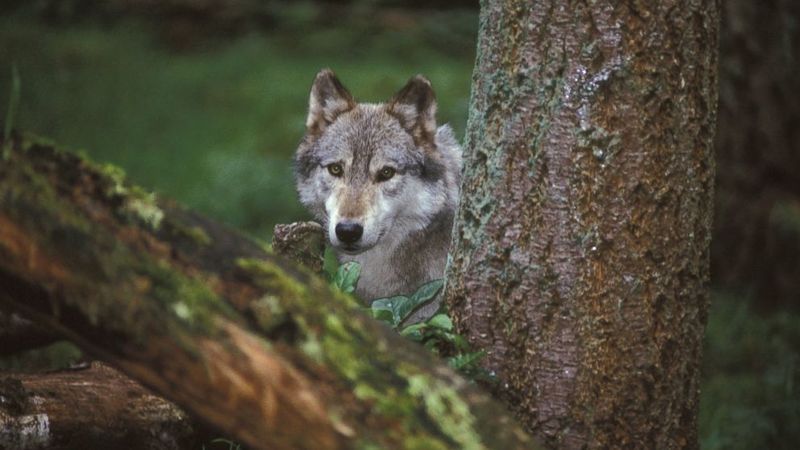
Behind illegal wolf killings lie complex motivations rooted in ranching traditions, hunting competition, and rural identity. Many ranchers view wolves as direct threats to livestock, despite compensation programs for confirmed predation losses.
Hunters sometimes perceive wolves as competitors for prized game like elk. Cultural attitudes run deep in communities where “vermin” status once made wolf killing not just legal but encouraged through bounties – a mindset proving difficult to change despite scientific understanding of wolves’ ecological value.
The Role Of Legal Hunting In Poaching Rates
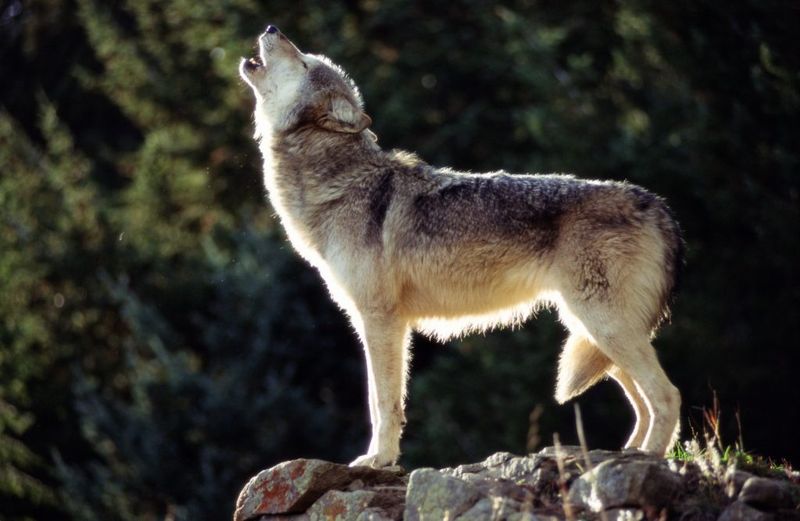
Counterintuitively, research suggests legal wolf hunting may actually increase poaching incidents rather than reduce them. Wisconsin’s controversial 2021 hunt, which exceeded quotas by 83%, demonstrated how quickly wolf populations can be decimated when protections are removed.
Scientists theorize that legal hunting seasons send signals that wolves are less valued, potentially normalizing their killing. Studies in Wisconsin and Michigan found poaching increased during periods when wolves were delisted, contradicting arguments that legal outlets reduce illegal behavior.
State Vs. Federal Management
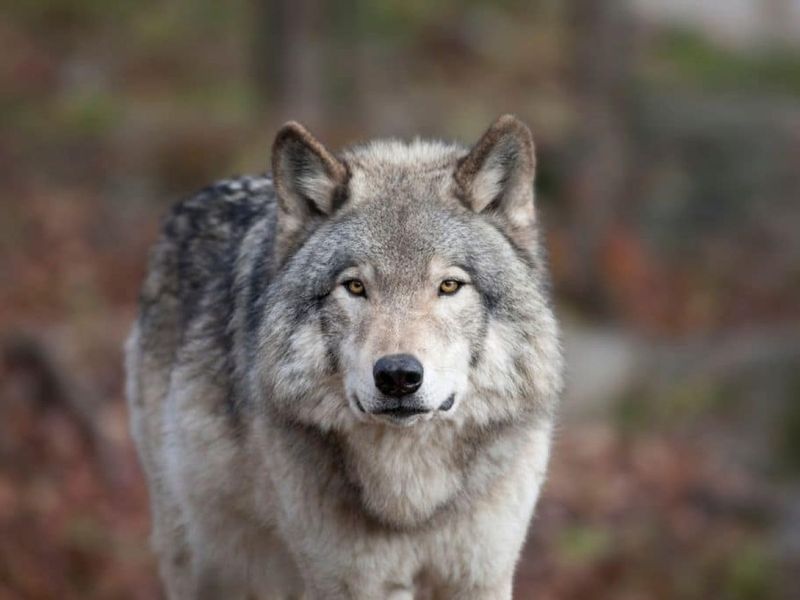
Wolf management whiplash characterizes recent decades, with populations bouncing between federal protection and state control multiple times. This inconsistency creates confusion about legal status and enforcement priorities.
States like Idaho and Montana have implemented aggressive wolf reduction policies, including extended seasons, higher quotas, and controversial methods like snaring. Meanwhile, Colorado voters approved wolf reintroduction even as neighboring states work to reduce numbers – highlighting the patchwork approach undermining cohesive recovery.
Conservationists’ Perspectives
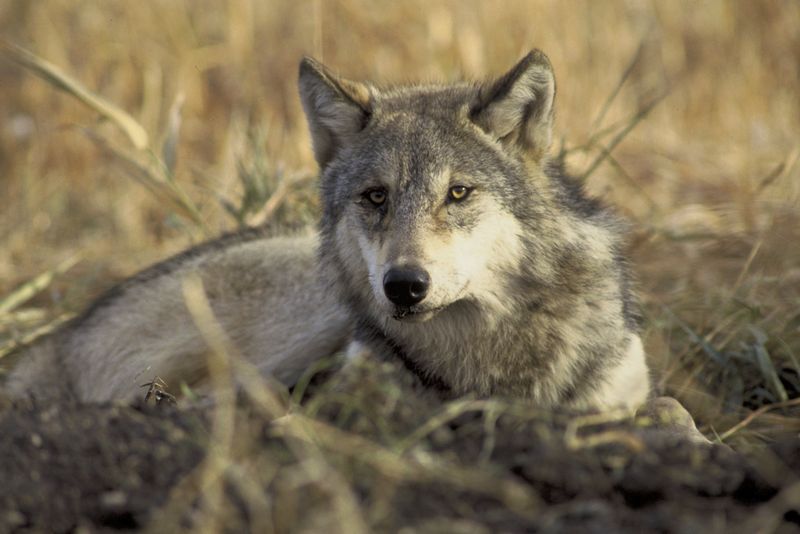
Environmental organizations argue current penalties for wolf poaching – often just misdemeanors with minimal fines – fail to deter illegal killings. They advocate for felony-level consequences and mandatory minimum sentences for poachers.
Beyond punishment, conservationists promote coexistence strategies like range riders, fladry barriers, and guard animals to protect livestock without killing wolves. Many point to successful models in Europe, where wolves and farming have coexisted for centuries despite higher human population densities.
The Importance Of Public Awareness And Education
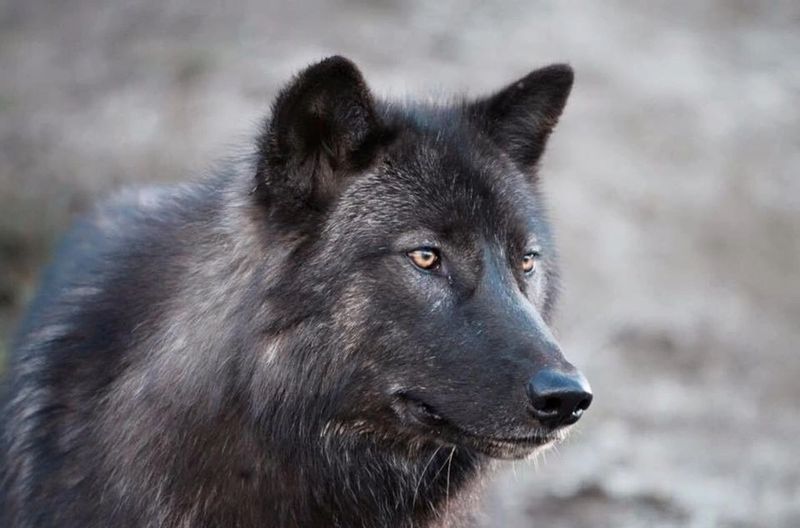
Shifting public perception represents perhaps the most powerful tool against wolf poaching. Educational programs in schools help younger generations appreciate wolves’ ecological role as keystone predators that maintain healthy ecosystems.
Community outreach initiatives connecting ranchers with conservationists have shown promise in reducing conflicts. When people understand how wolf predation creates healthier deer and elk populations by culling sick animals, and how wolves drive tourism dollars to rural economies, tolerance increases measurably.
Balancing Recovery With Protection
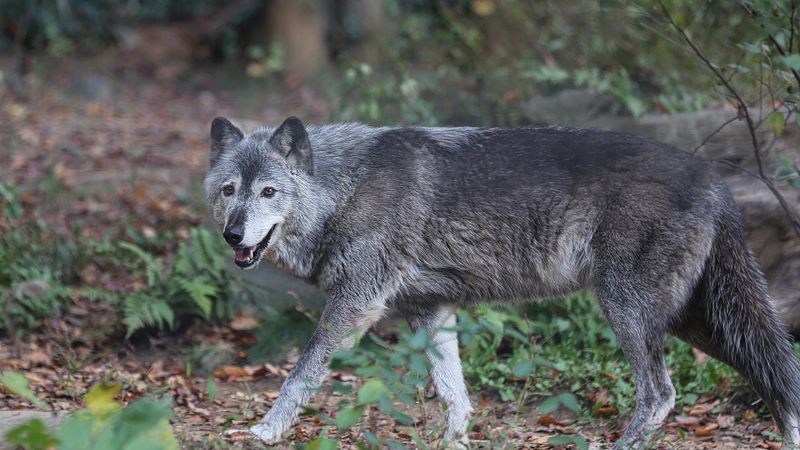
Wolf recovery represents both a remarkable conservation achievement and an ongoing challenge. Finding middle ground between those who want wolves eliminated and those seeking full protection remains elusive but essential.
The path forward requires science-based management, consistent enforcement, and community engagement. Without addressing the illegal killing undermining recovery efforts, even the most successful reintroduction programs may ultimately fail to establish self-sustaining wolf populations across their historical range.

